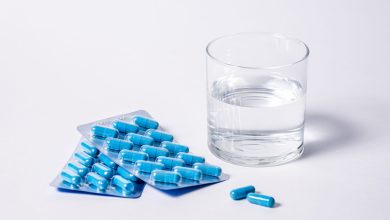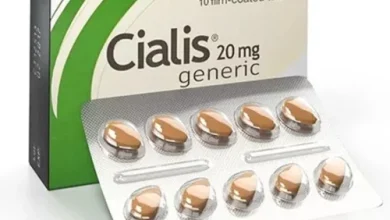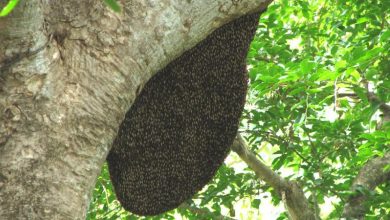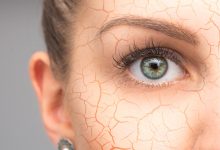Plasma Fibroblast Therapy: Revolutionizing Non-Surgical Skin Tightening and Rejuvenation Treatments for Long-Lasting Results
Plasma Fibroblast Therapy: The Future of Non-Invasive Skin Treatments
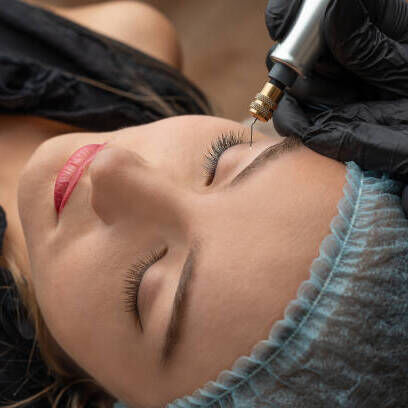
Introduction
The beauty industry is constantly evolving, introducing new technologies that promise transformative results without the need for surgery. One such innovation is Plasma Fibroblast Therapy, a non-invasive treatment that targets sagging skin, wrinkles, and other signs of aging with remarkable precision. By utilizing plasma energy, this therapy stimulates collagen production and tightens the skin, offering patients a rejuvenated, youthful appearance. Whether you’re looking to minimize fine lines, reduce scarring, or tighten loose skin, Plasma Fibroblast Therapy offers an effective solution that requires minimal downtime.
In this guest post, we’ll dive deep into everything you need to know about Plasma Fibroblast Therapy, including how it works, its benefits, and what to expect during and after treatment. By the end, you’ll have a thorough understanding of why this therapy is becoming a go-to option for those seeking non-surgical skin rejuvenation.
What is Plasma Fibroblast Therapy?
Plasma Fibroblast Therapy is a cosmetic procedure designed to tighten and lift the skin. It works by creating controlled micro-injuries to the skin using a pen-like device that emits a high-frequency electric current. This current ionizes the oxygen and nitrogen in the air to produce a plasma arc. The arc creates tiny dots on the skin’s surface, causing the fibroblast cells to contract and stimulate collagen production. Over time, this process leads to firmer, tighter skin with a reduction in wrinkles and fine lines.
The therapy primarily targets fibroblast cells, which are responsible for collagen and elastin production—key components that give the skin its strength and elasticity.
How Does Plasma Fibroblast Therapy Work?
The concept behind Plasma Fibroblast Therapy is rooted in the natural healing process. When the plasma arc touches the skin, it instantly evaporates small amounts of tissue in a controlled manner, creating a series of tiny wounds. This triggers the skin’s natural healing response, encouraging cell turnover and boosting collagen and elastin production.
Unlike other non-invasive skin treatments like radiofrequency or laser therapy, Plasma Fibroblast Therapy works directly on the surface of the skin, creating more immediate tightening effects.
Here’s a breakdown of the process:
- Preparation: The skin is cleaned and numbed using a topical anesthetic to minimize discomfort during the procedure.
- Application: The plasma pen is applied to the targeted areas of the skin, producing small plasma arcs that leave tiny brown dots on the skin’s surface.
- Healing Process: The dots will scab and fall off naturally within a week. As the skin heals, new collagen forms, leading to tightened, rejuvenated skin.
- Post-Treatment Care: Patients are advised to avoid direct sun exposure and apply a healing ointment to aid recovery.
Benefits of Plasma Fibroblast Therapy
Plasma Fibroblast Therapy offers numerous benefits, making it a popular choice for those looking for a non-surgical option for skin rejuvenation. Here are some of the key advantages:
1. Non-Surgical & Non-Invasive
One of the biggest draws of Plasma Fibroblast Therapy is that it’s completely non-surgical, requiring no cutting or stitches. This means a much faster recovery time compared to traditional surgical facelifts or other invasive procedures. Patients can return to their regular routines within days, making it a convenient option for busy individuals.
2. Immediate & Long-Lasting Results
While some results are visible immediately after the procedure, the full effects develop over the next few weeks as the skin continues to heal and produce new collagen. The results are long-lasting, often persisting for two to three years with proper skincare maintenance.
3. Targeted Treatment Areas
Plasma Fibroblast Therapy can be used to treat a variety of skin concerns and areas of the body, including:
- Crow’s feet and under-eye wrinkles
- Forehead lines
- Sagging eyelids (non-surgical eyelid lift)
- Acne scars and other forms of scarring
- Neck tightening
- Stretch marks
4. Minimal Downtime
Unlike more invasive procedures, Plasma Fibroblast Therapy has minimal downtime. Patients may experience some swelling, redness, and small scabs for about a week post-treatment, but these side effects are typically mild compared to surgery.
5. Cost-Effective
For individuals seeking a non-surgical facelift, Plasma Fibroblast Therapy offers a more affordable alternative to traditional surgery. The cost is significantly lower than invasive cosmetic procedures, making it accessible to a broader range of patients.
Who Is a Good Candidate for Plasma Fibroblast Therapy?
While Plasma Fibroblast Therapy is suitable for most skin types and ages, it is particularly effective for individuals with mild to moderate skin laxity, wrinkles, or sagging skin. Those with a darker skin tone should consult with a professional to ensure they are a good candidate, as there may be a risk of hyperpigmentation.
Here’s a list of conditions Plasma Fibroblast Therapy can address:
- Fine lines and wrinkles
- Crow’s feet
- Drooping eyelids
- Stretch marks
- Acne scars
- Hyperpigmentation
- Neck wrinkles
- Loose skin on the stomach (post-pregnancy)
However, Plasma Fibroblast Therapy is not recommended for individuals who are pregnant, breastfeeding, or have certain medical conditions such as diabetes, blood clotting disorders, or active skin infections.
What to Expect During the Procedure
The procedure typically takes between 30 minutes to an hour, depending on the area being treated. Before the treatment begins, a topical anesthetic is applied to ensure patient comfort. Once the skin is numbed, the plasma pen is used to treat the targeted area, creating small micro-wounds on the surface of the skin.
The sensation during the treatment is often described as a mild, tingling feeling. While discomfort is minimal, some patients may experience slight redness or swelling immediately after the procedure. These side effects usually subside within a few days.
Recovery and Aftercare
After the treatment, you may notice tiny dots on the skin where the plasma arc was applied. These dots will scab and fall off naturally over the next 5-7 days. During this time, it’s important to follow post-treatment care guidelines to ensure optimal results and prevent complications.
Aftercare Tips:
- Avoid Sun Exposure: Protect your skin from direct sunlight and use a high-SPF sunscreen to prevent pigmentation issues.
- Don’t Pick the Scabs: Allow the scabs to fall off naturally to avoid scarring or infection.
- Use Healing Ointments: Your practitioner may recommend applying a healing ointment to aid the skin’s recovery.
- Stay Hydrated: Drink plenty of water and maintain a healthy skincare routine to support the healing process.
How Long Do Results Last?
The results of Plasma Fibroblast Therapy can last anywhere from two to three years, depending on your skin type, age, and how well you take care of your skin post-treatment. Since the procedure stimulates natural collagen production, results improve over time, with the full effect visible after 8-12 weeks.
Regular follow-up treatments can help maintain the results and further enhance the skin’s appearance.
Plasma Fibroblast Therapy vs. Other Skin Tightening Treatments
There are various non-surgical skin tightening treatments available, so what makes Plasma Fibroblast Therapy stand out? Let’s compare it to some other popular treatments:
- Laser Treatments: Lasers use focused light to target deeper skin layers, while Plasma Fibroblast works on the surface, allowing for more precise tightening of delicate areas like the eyelids.
- Radiofrequency (RF) Treatments: RF therapy heats the skin to stimulate collagen production, but Plasma Fibroblast creates visible tightening effects immediately, as well as long-term collagen renewal.
- Microneedling: While microneedling also stimulates collagen production, it doesn’t offer the same degree of tightening that Plasma Fibroblast Therapy provides.
Risks and Side Effects
While Plasma Fibroblast Therapy is considered safe and effective, like all cosmetic procedures, it comes with some risks and potential side effects. Common side effects include:
- Redness
- Swelling
- Scabbing
- Skin discoloration (hyperpigmentation or hypopigmentation in rare cases)
These side effects are usually temporary and resolve within a week. To minimize risks, it’s essential to choose a licensed and experienced practitioner to perform the procedure.
Conclusion
Plasma Fibroblast Therapy is rapidly gaining popularity as a non-surgical, minimally invasive alternative for those seeking to reduce the visible signs of aging and improve skin texture. Its unique ability to target fine lines, wrinkles, and sagging skin with precision, while also promoting long-lasting collagen production, makes it an excellent choice for anyone looking to enhance their appearance without the downtime or risks associated with surgery.
If you’re considering Plasma Fibroblast Therapy, it’s crucial to consult with a certified professional to determine if it’s the right treatment for your needs. With the right care and professional guidance, you can enjoy a rejuvenated, youthful appearance that lasts.
Call to Action
Ready to explore the benefits of Plasma Fibroblast Therapy? Schedule a consultation with a licensed professional today and discover how this revolutionary treatment can help you achieve your beauty goals. Want to learn more? Read our in-depth guide on the latest non-invasive skin treatments [here].


